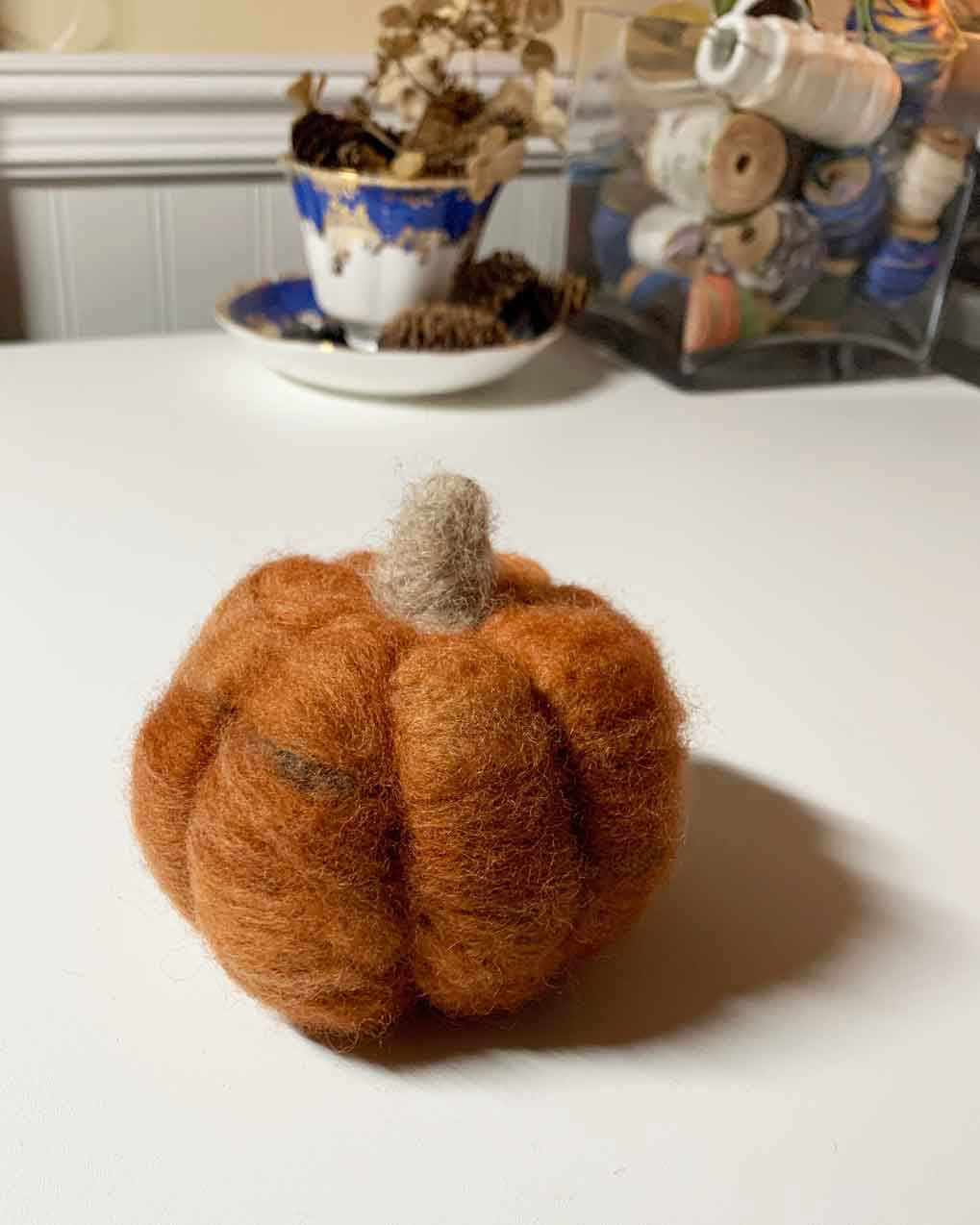I enjoy needle and fiber arts for their tactile natures. They invite touch and handling. Although much of my artistic practice involves two-dimensional work that does not invite touch, the exploration of three-dimensional fiber sculpture lights up a different part of my creative mind.
Throughout art history, traditionally trained artists, such as Michelangelo, practiced both two and three dimensional creation. Although in the end, they developed a practice in either sculpture or painting, this cross-fertilization of mediums increased the ability to visualize objects in space. I believe artists today can benefit from this practice, even if it does not become their preferred medium.
Needle felting does not require a ton of supplies, or even a large workspace, and it is a non-messy project if you don't mind a few wool fuzzies here and there. You will need wool roving, a cushion or foam block, and a special needle designed with notches that catch the wool fibers and weave or interlock them. Since the needles can be tiresome to hold, I have a felting pen from Clover that helps to ease the strain.
The felting process involves stabbing the needle repeatedly into the wool fibers until they are condensed into the desired shape. The shaping process is meditative, but the detailing is where your fine motor skills are called into play. I recommend starting with a simple project. I started with the pumpkin because of its simple shape and minimal details, and I gradually moved up to the curly-haired sheep.





These creations here were made from kits from Bear Creek Felting and Benzie Design. I see professional craft kits as a type of mentorship. I am able to work (indirectly) with an experienced artist who has curated the materials and designs that invite success and inspire me to develop my own ideas.